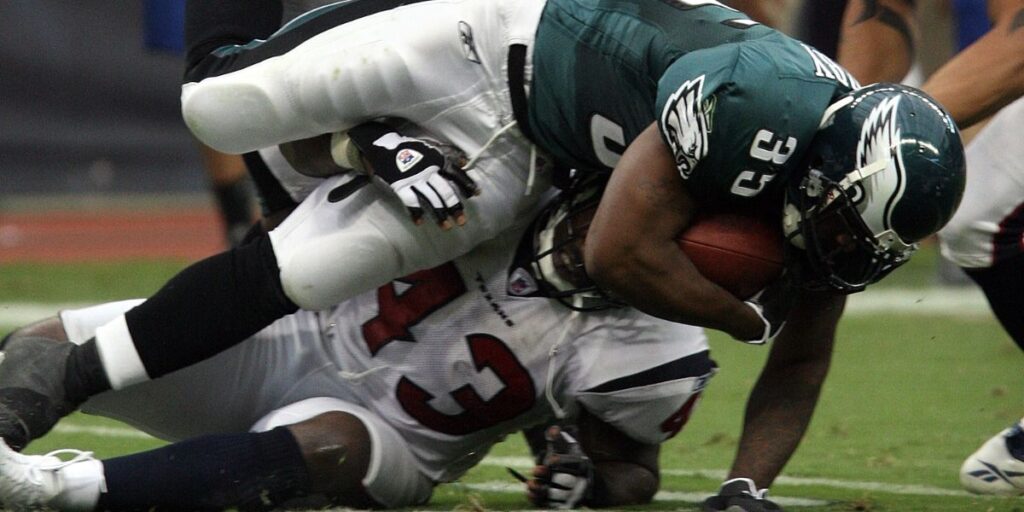In a groundbreaking move to enhance player safety and address growing concerns about head injuries, the National Football League (NFL) has unveiled a comprehensive new initiative aimed at reducing concussions and long-term brain damage among its players. On January 10, 2025, the league announced a series of reforms that will drastically alter the way teams approach contact during games and practices, marking one of the most significant steps the NFL has taken to improve player health in recent years.
The new initiative includes the implementation of advanced helmet technology, stricter protocols for assessing and managing head injuries, and a renewed focus on education surrounding concussion prevention. The league has also pledged to invest in cutting-edge research into brain injuries, including partnerships with top medical institutions and organizations focused on neurological health.
“At the NFL, the safety and well-being of our players is our top priority,” said Roger Goodell, NFL Commissioner, during a press conference unveiling the initiative. “We recognize the long-term effects of head injuries, and we are committed to taking proactive steps to mitigate risks and ensure that our athletes are protected both during their careers and after they retire.”
The announcement comes at a time when concerns over head injuries in football have reached a fever pitch, with former players and experts calling attention to the long-term consequences of repeated concussions, including chronic traumatic encephalopathy (CTE), a degenerative brain disease linked to repeated blows to the head. In response, the NFL has been under increasing pressure to do more to protect its players from these life-altering injuries.
A key component of the new safety initiative is the development of a state-of-the-art helmet designed to reduce the impact of collisions and better protect the brain. These helmets will feature enhanced padding, sensors that track the force of impacts, and advanced materials aimed at dispersing the energy of blows. The league plans to introduce these new helmets for use by all teams during the 2025 season.
In addition to new equipment, the NFL is introducing stricter concussion protocols. Players who are suspected of having sustained a concussion will be immediately removed from the game or practice and undergo a thorough evaluation by a team of medical professionals. No player will be allowed to return to play without being cleared by an independent neurological expert. The league has also announced new guidelines to limit the number of full-contact practices during the regular season and preseason, further reducing the risk of head injuries.
Education will also play a crucial role in the initiative. The NFL is launching a new series of programs aimed at educating players, coaches, and staff about concussion prevention, symptoms, and proper tackling techniques. The league is working with former players and medical experts to create an industry-wide standard for concussion management, with the goal of making the NFL a model for player safety in professional sports.
The changes are expected to have a far-reaching impact on the game, with many anticipating that the league will take a more cautious approach to player health moving forward. While these new safety protocols are being praised by many as a positive step for the league, some critics have expressed concerns that these changes could alter the physicality and intensity that fans associate with the sport.
Despite the mixed reactions, the NFL’s commitment to reducing head injuries reflects a broader shift across professional sports to prioritize athlete health. Many other leagues, including the NBA and NHL, have already implemented similar safety measures in recent years, with the goal of reducing the long-term impact of concussions on players.
For fans, players, and health experts alike, the announcement signals a turning point in the ongoing conversation about player safety. As the NFL moves forward with these reforms, it is clear that the league is acknowledging the urgent need to protect its athletes from the damaging effects of head injuries, while ensuring that the sport remains as exciting and dynamic as ever.
As the 2025 season approaches, these changes are set to redefine how the game is played and how player safety is prioritized. The new initiative offers hope for a future where football players can enjoy long, healthy careers while minimizing the risk of life-altering injuries, making the sport safer for generations to come.
